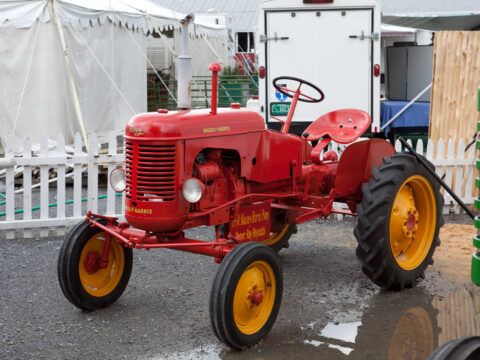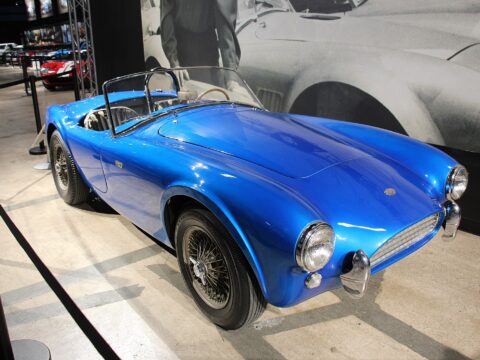Concept cars often push the boundaries of design and innovation, showcasing futuristic technology and bold aesthetics. While many never make it to production, some stand out as timeless designs that still feel relevant today. These visionary vehicles could offer unique solutions or exciting features in today’s market, making them prime candidates for a revival. Looking back at these concepts, it’s clear that they deserve a second chance to hit the road.
Contents
Ford GT90 (1995)
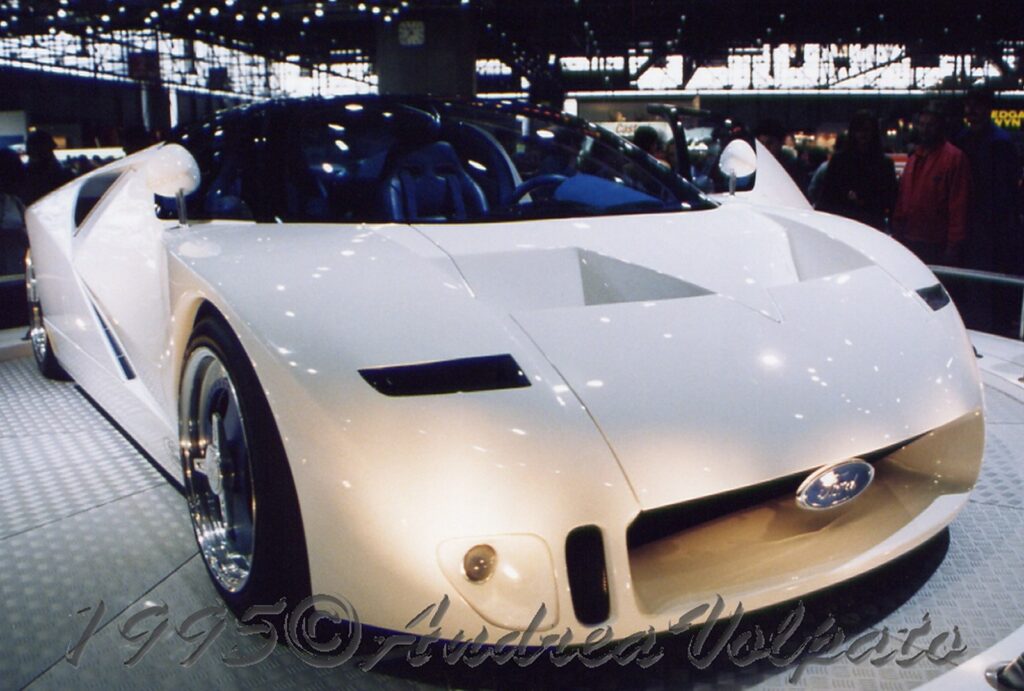
The Ford GT90 debuted in 1995 as a futuristic take on the brand’s GT40 legacy. It was powered by a 6.0-liter quad-turbocharged V12 engine, producing a staggering 720 horsepower. With a top speed of 235 mph, it represented the pinnacle of Ford’s performance engineering. Its sharp, angular design influenced many supercars of the future. Given the current trend toward high-performance electric hypercars, a modern reinterpretation of the GT90 with hybrid or electric technology could appeal to those who crave both nostalgia and cutting-edge innovation.
Cadillac Cien (2002)
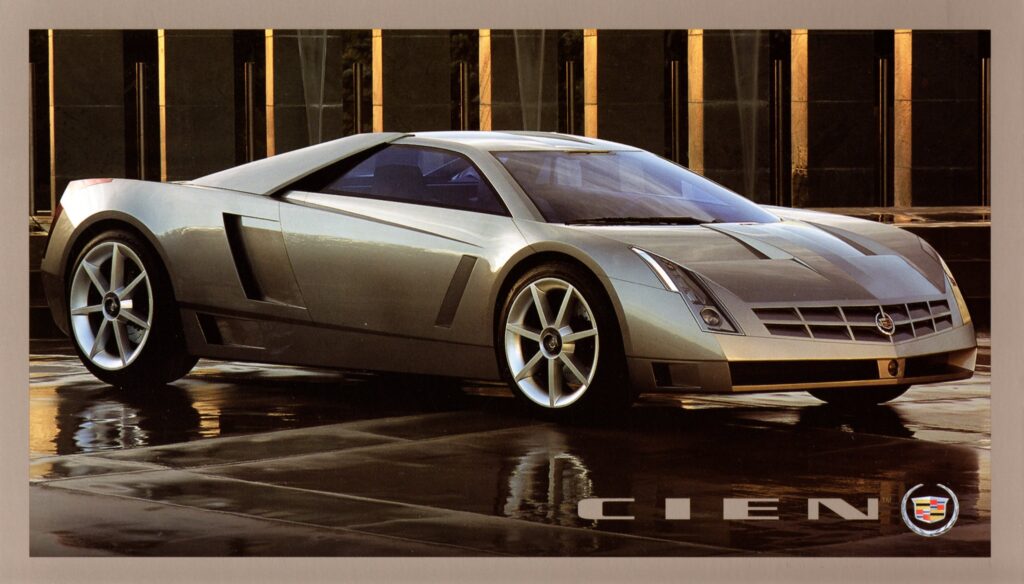
Cadillac introduced the Cien in 2002 to celebrate its 100th anniversary. This sleek, wedge-shaped concept featured a 7.5-liter Northstar V12 engine, delivering 750 horsepower. Its carbon fiber body and aerospace-inspired design were ahead of their time. With luxury brands now competing to blend power and eco-friendliness, a reimagined Cadillac Cien could fit perfectly into today’s market, combining a hybrid powertrain with luxury features and performance.
Chrysler ME Four-Twelve (2004)
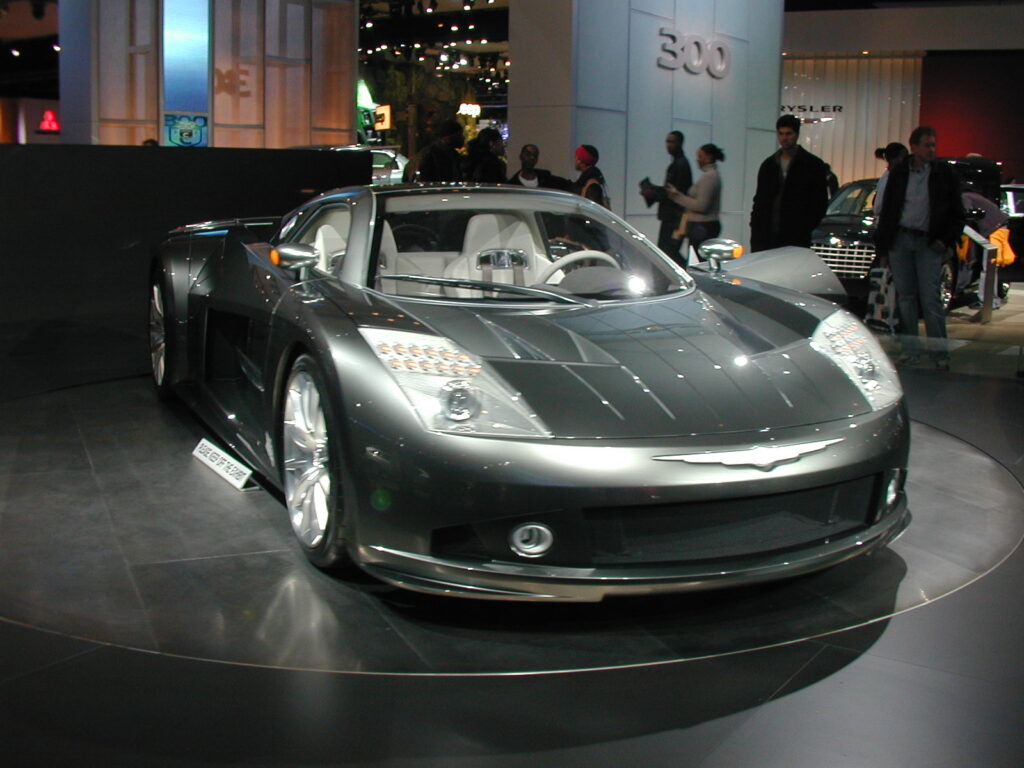
This concept stunned auto enthusiasts with its quad-turbocharged 6.0-liter V12 engine, producing 850 horsepower and a top speed of 248 mph. The ME Four-Twelve was designed to compete with the world’s most prestigious supercars, but it never reached production. With hypercars becoming more popular today, a modern version of this performance beast, using electric or hybrid technology, could dominate the luxury sports car market.
Volkswagen W12 Nardo (2001)
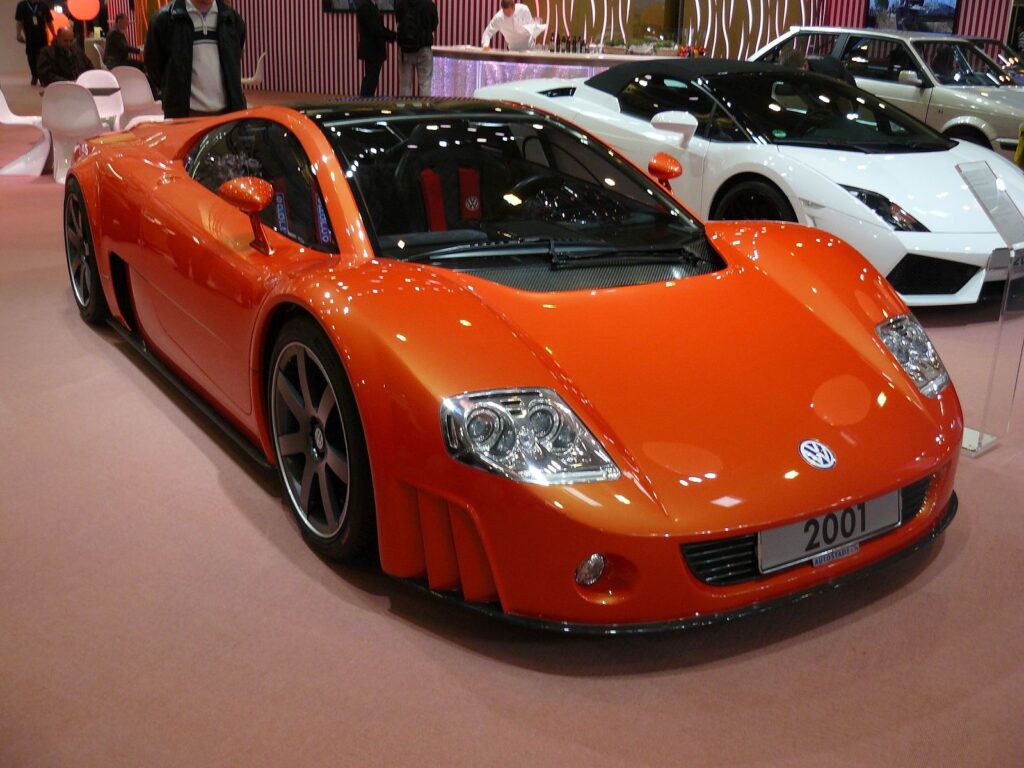
The Volkswagen W12 Nardo was a supercar concept designed to push the limits of speed and performance. Powered by a 5.6-liter W12 engine producing 591 horsepower, the W12 Nardo was capable of reaching a top speed of 221 mph. Volkswagen could revisit this concept today with electrification, leveraging the car’s stunning design and pairing it with modern tech to compete in the high-performance EV market.
Pontiac Banshee (1964)
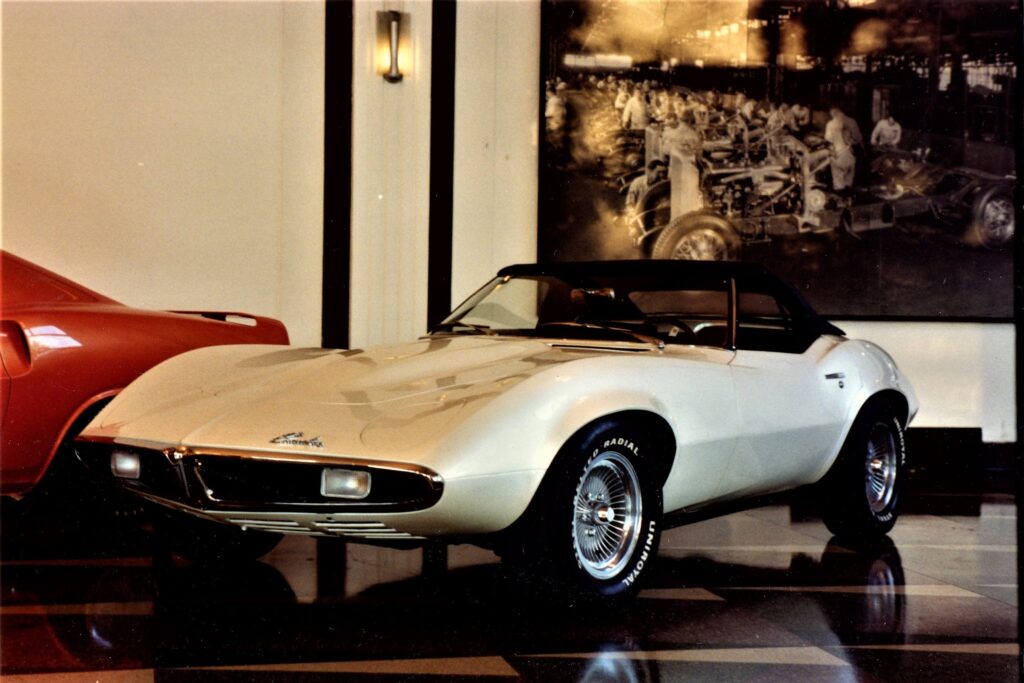
The Pontiac Banshee was designed as a potential Corvette rival in the 1960s. Powered by a 6-cylinder engine and featuring a lightweight fiberglass body, the Banshee was nimble and futuristic for its time. With Pontiac no longer in production, reviving this concept as an electric sports car under GM’s umbrella could reignite interest in performance vehicles from the brand’s heyday.
Mazda Furai (2007)
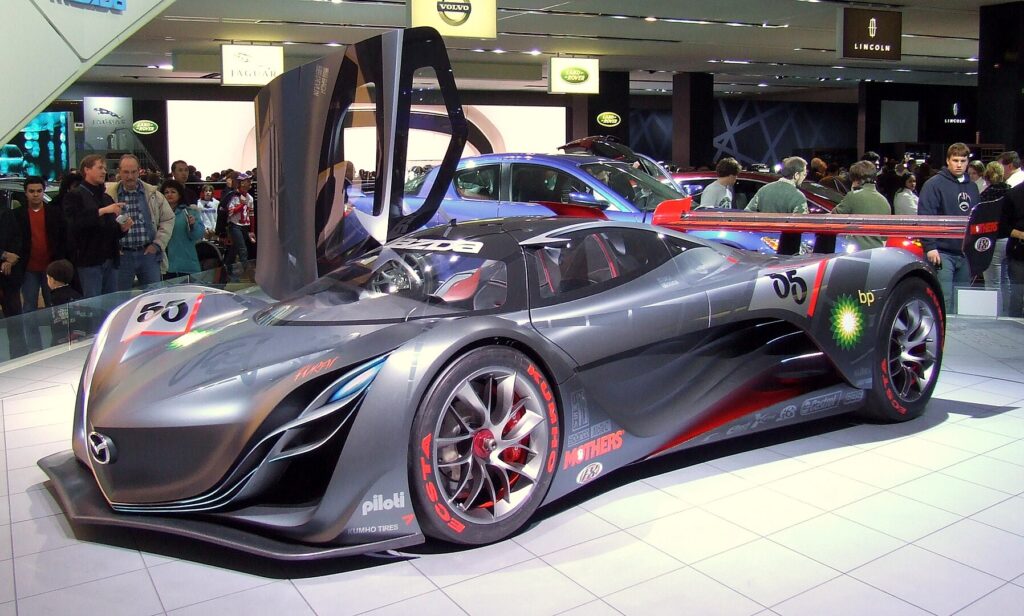
The Mazda Furai, unveiled in 2007, was a motorsport-inspired concept powered by a 450-horsepower rotary engine running on ethanol. Its futuristic, aerodynamic design was both beautiful and functional, intended for racing purposes. With a modern twist on rotary engine technology and a focus on sustainable fuel, the Furai could fill a niche for eco-conscious performance car enthusiasts today.
BMW M1 Hommage (2008)
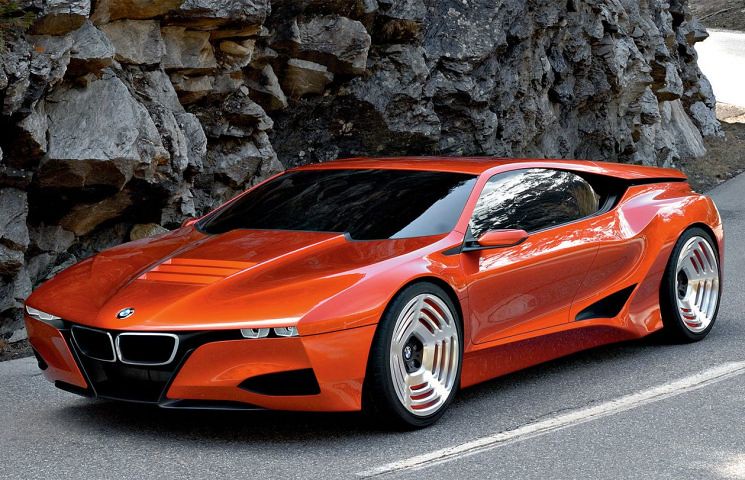
The BMW M1 Hommage was created to honor the legendary BMW M1 of the late 1970s. With a retro design that referenced the original, this concept featured modern technology and aesthetics. BMW enthusiasts have long been clamoring for the return of the M1, and now, with hybrid and electric technology, the M1 Hommage could serve as the ultimate blend of past and future.
Jaguar C-X75 (2010)
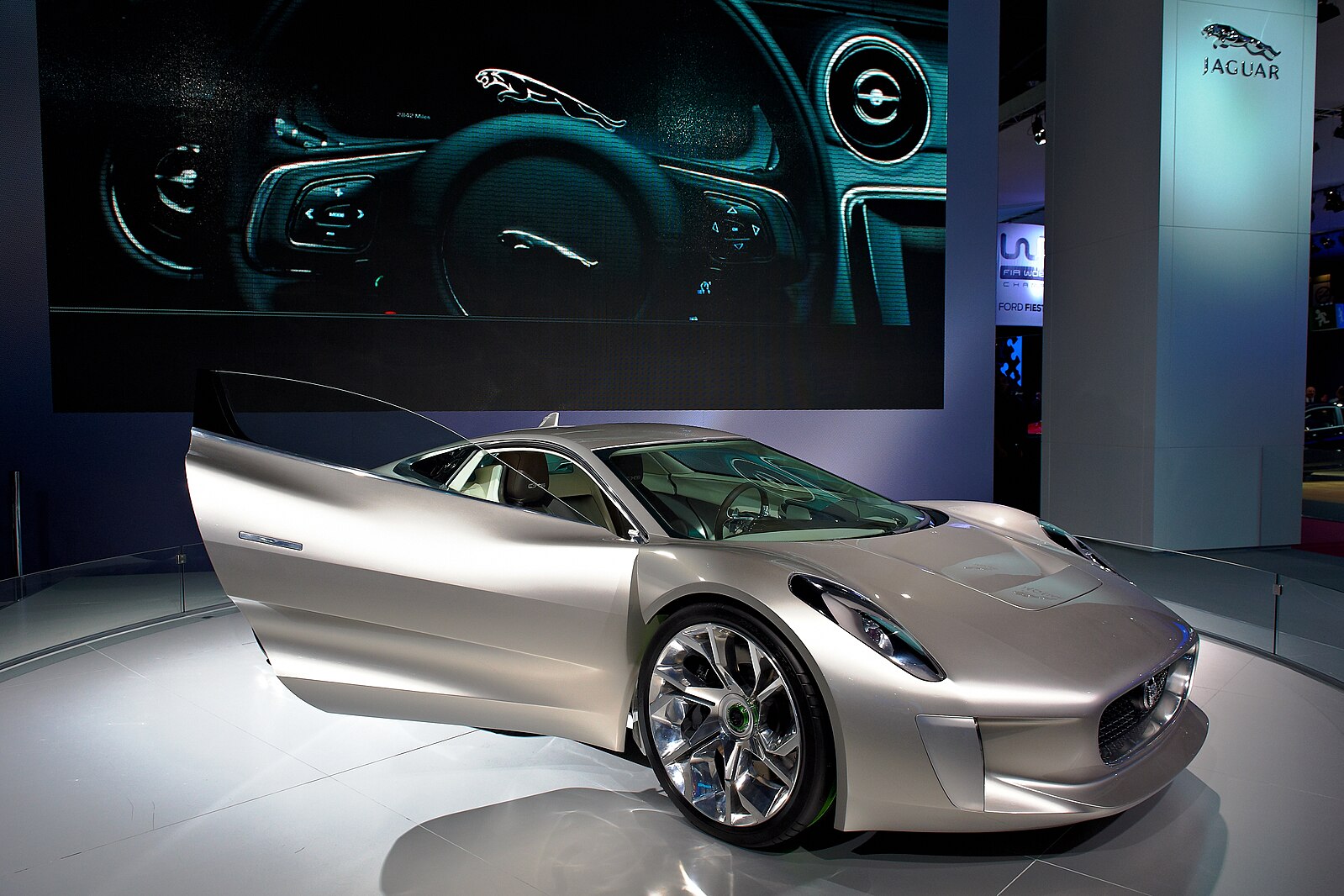
The Jaguar C-X75 debuted in 2010 with a hybrid powertrain that included a 1.6-liter turbocharged engine and two electric motors, delivering 778 horsepower. Its design and performance were intended to compete with the likes of Ferrari and McLaren. With electrification more advanced today, the C-X75 could be reintroduced as a high-performance hybrid or full-electric supercar, providing both luxury and sustainability.
Renault Trezor (2016)
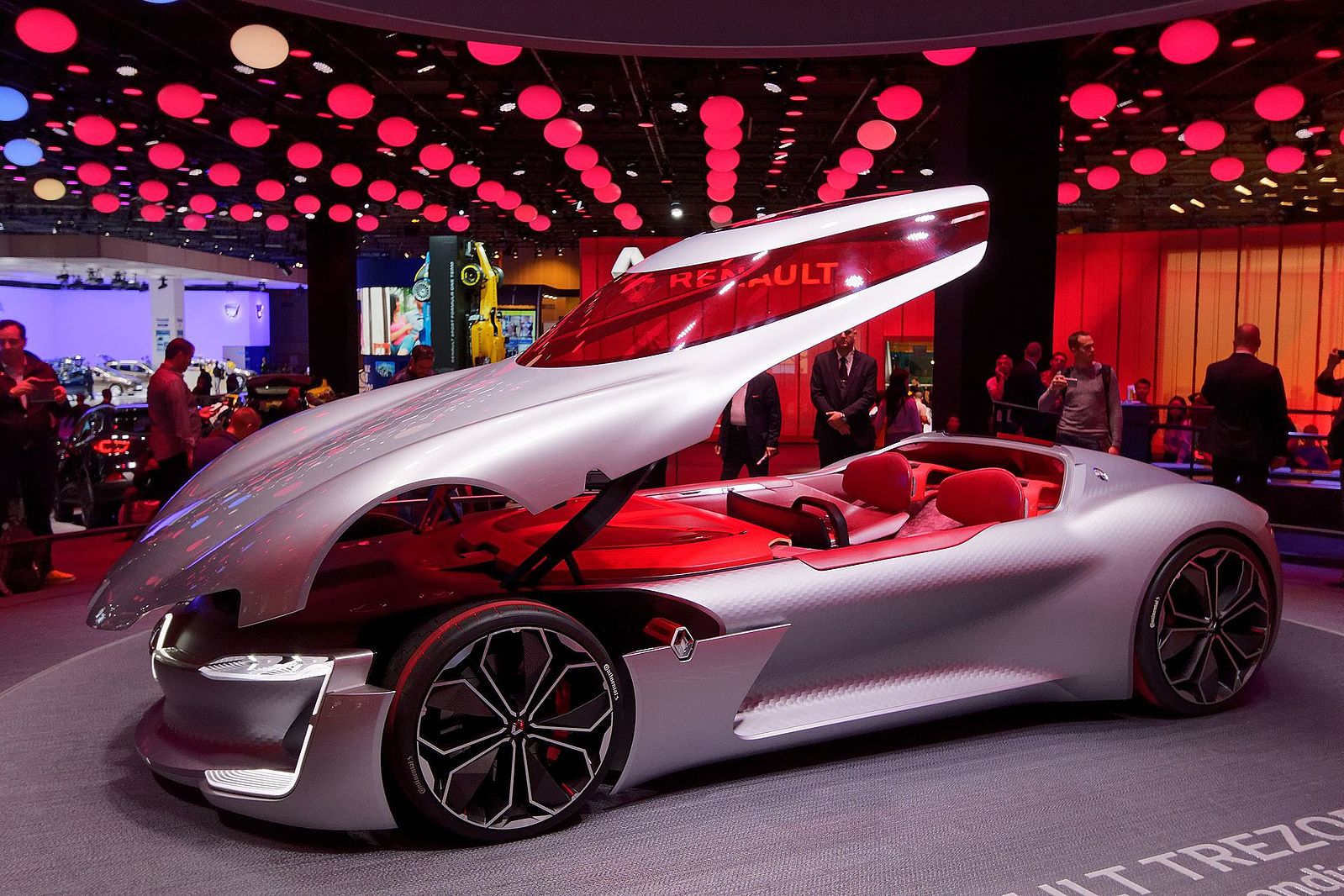
This all-electric concept car from Renault boasted a futuristic design, with a 350-horsepower electric motor capable of reaching 62 mph in under four seconds. Its sleek, aerodynamic shape and cutting-edge technology captured imaginations. With electric vehicles now in high demand, the Trezor could return with updated battery technology and modern conveniences, serving as a halo car for Renault’s electric fleet.
Lincoln Continental Concept (2002)
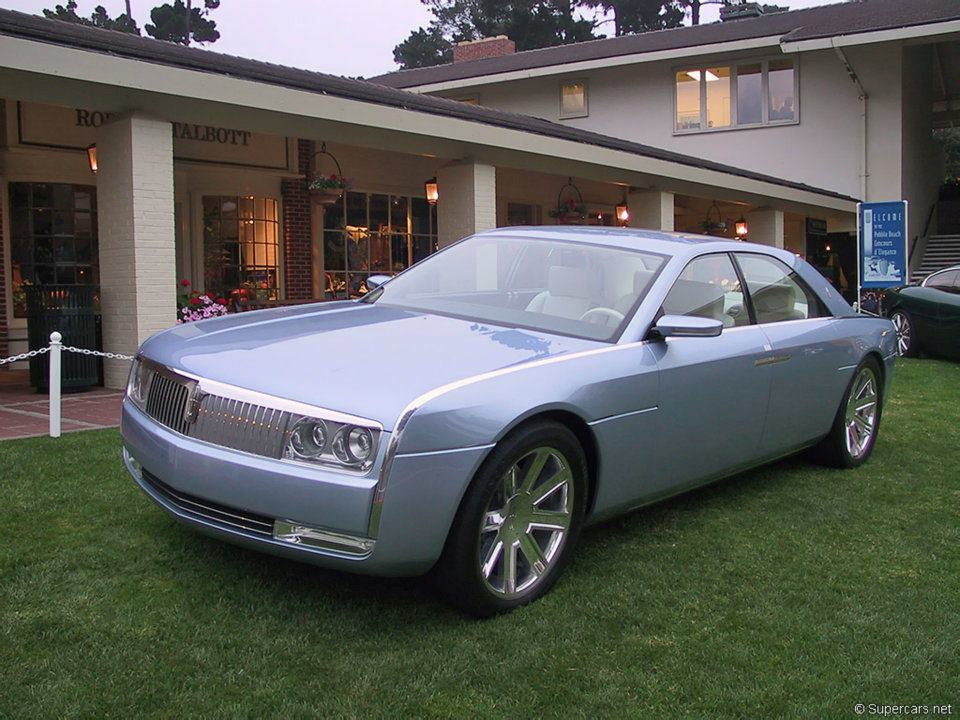
The Lincoln Continental Concept introduced in 2002 was a luxury sedan with a 6.0-liter V12 engine. Its opulent interior and sleek exterior were reminiscent of the golden age of American luxury cars. Reviving this concept with a fully electric drivetrain would bring Lincoln into the modern luxury car market, appealing to buyers looking for classic style with cutting-edge technology.
Buick Y-Job (1938)
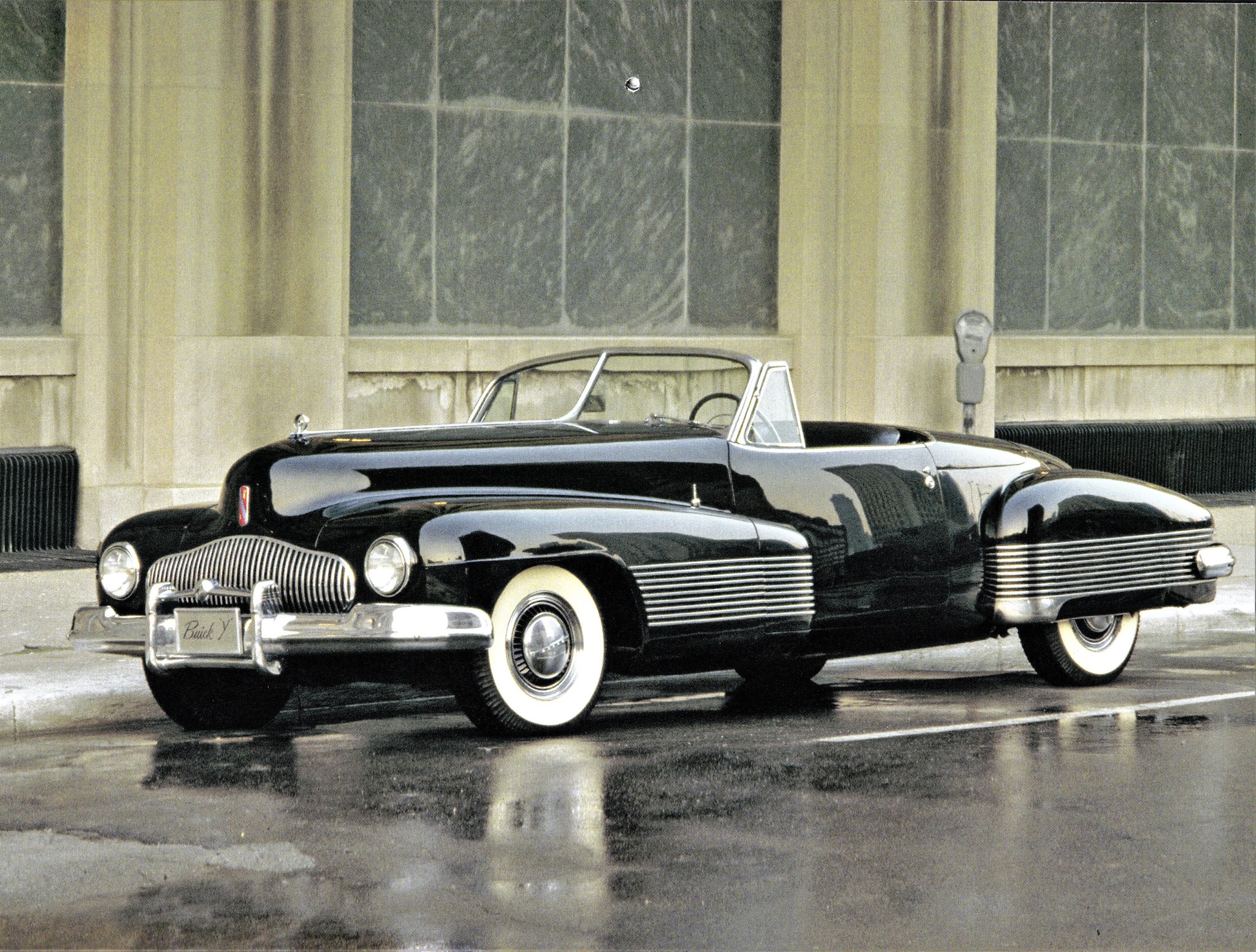
The Buick Y-Job is considered the world’s first concept car, introduced in 1938. It featured sleek lines, a long hood, and hidden headlights, setting the stage for post-war automotive design. Reimagining the Y-Job today as a luxury electric vehicle would pay homage to Buick’s history while pushing the brand into the future of EV design.
Lancia Stratos Zero (1970)
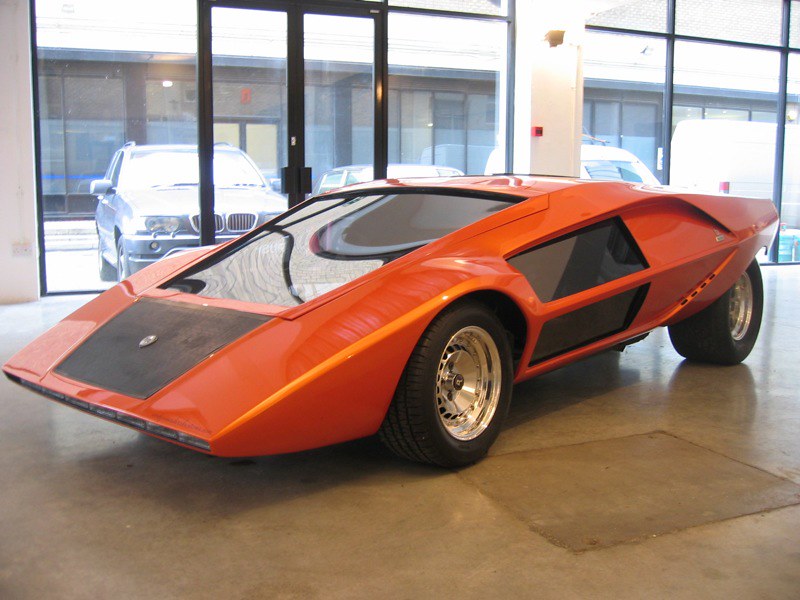
The Lancia Stratos Zero was an ultra-futuristic wedge-shaped concept car, powered by a 1.6-liter V4 engine. Its radical design was unlike anything else at the time, and the Stratos later became a rally icon. A modern version with electric power could serve as both a design statement and a high-performance rally vehicle, keeping Lancia’s heritage alive.
Ford Shelby GR-1 (2005)
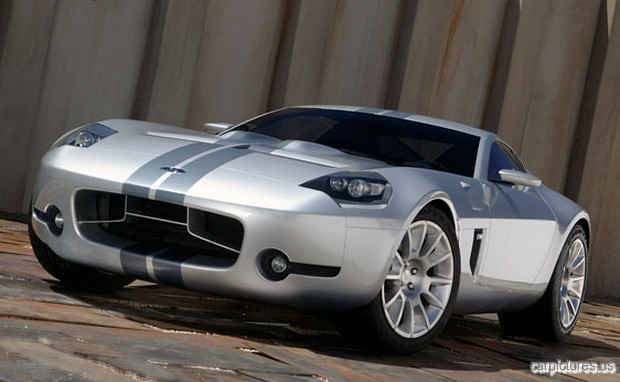
The Shelby GR-1 featured a 6.4-liter V10 engine, producing 605 horsepower. Its sleek, muscle-bound design was a tribute to classic Shelby designs, with a modern twist. With electric powertrains capable of matching or exceeding these performance figures today, the GR-1 could make a powerful return as a modern-day Shelby icon.
Alfa Romeo BAT 5 (1953)
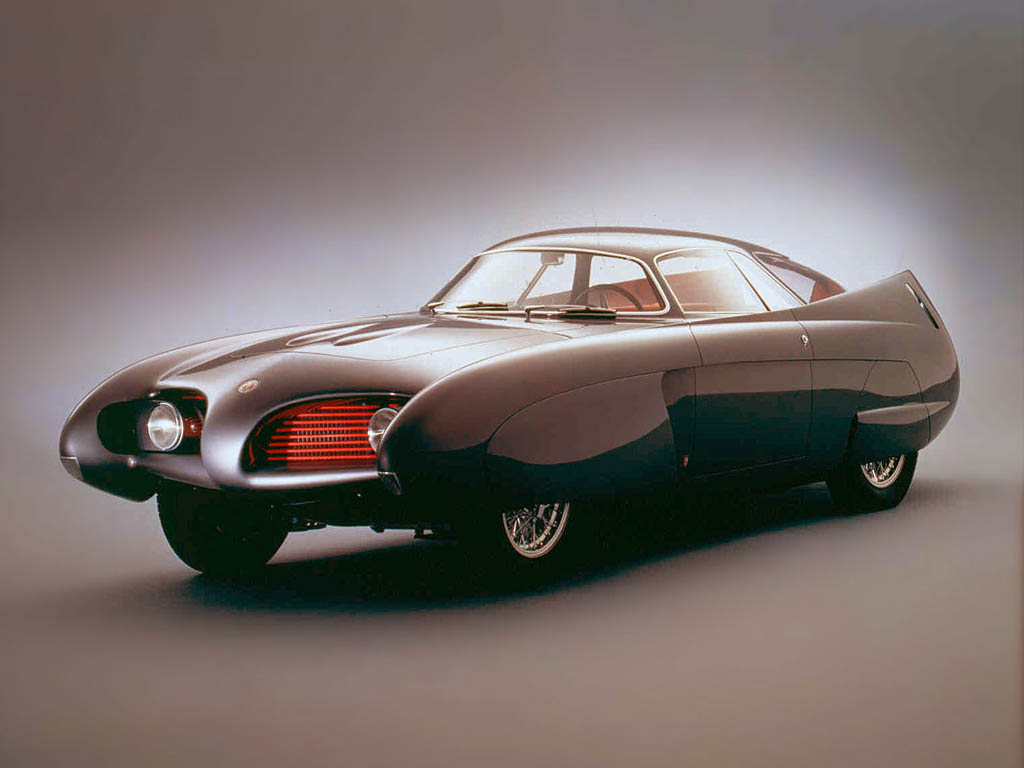
The Alfa Romeo BAT (Berlinetta Aerodinamica Tecnica) series was created in the 1950s to explore aerodynamic design. The BAT 5, with its flowing lines and aerodynamic efficiency, was ahead of its time. Bringing back this concept with electric power would allow Alfa Romeo to showcase both its heritage and cutting-edge technology in a strikingly beautiful car.
Chevrolet Aerovette (1973)
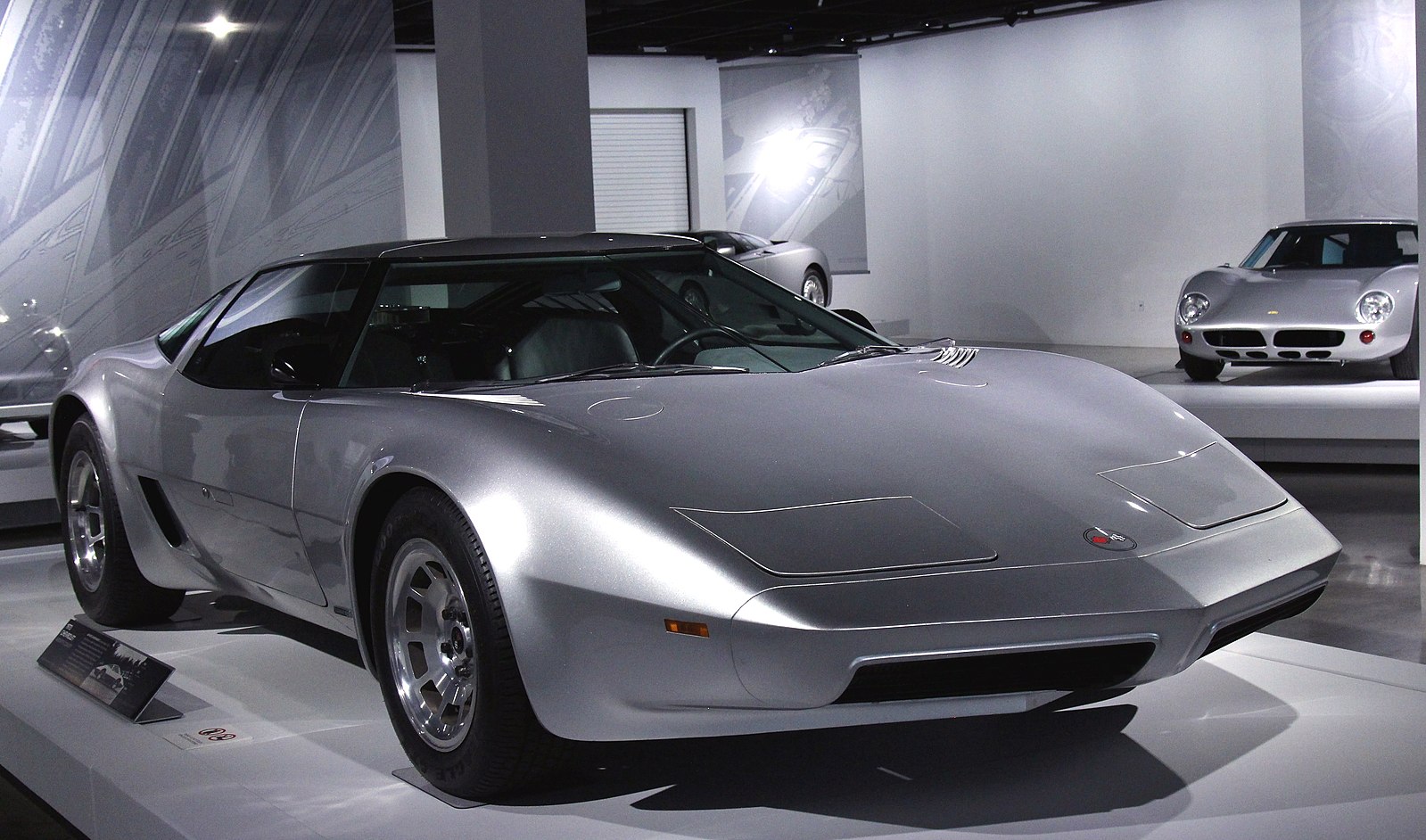
The Aerovette was a mid-engine Corvette concept powered by a 400-horsepower V8. Its futuristic design and unique four-rotor engine were bold experiments for their time. With the current Corvette transitioning to a mid-engine layout, the Aerovette could be reimagined as a fully electric or hybrid Corvette variant, merging futuristic design with modern technology.
Plymouth XNR (1960)
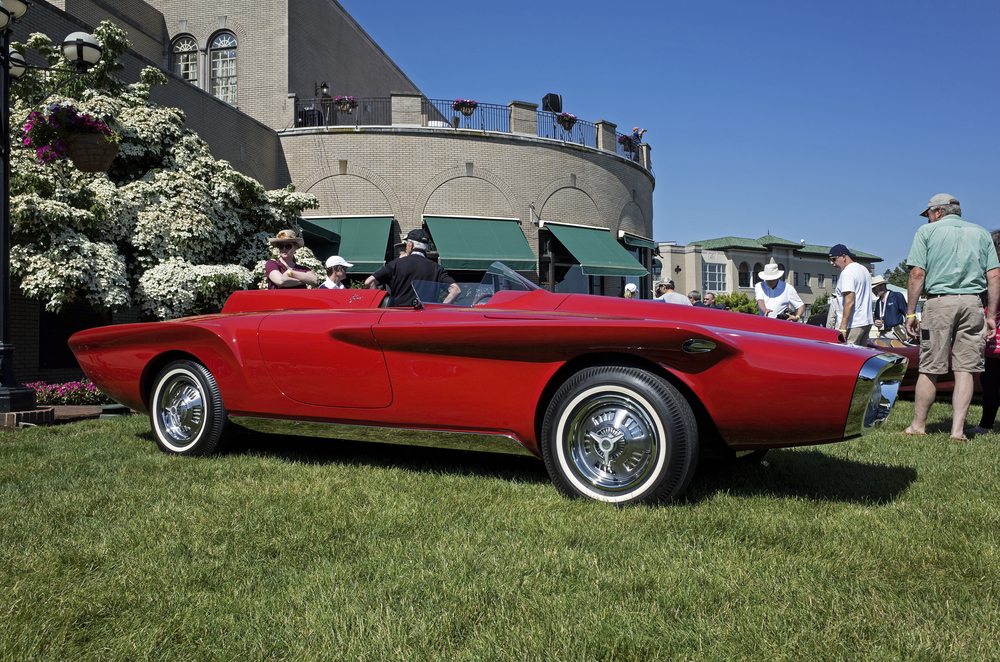
Designed by Virgil Exner, the Plymouth XNR was a sleek, asymmetrical concept car with a 250-horsepower slant-six engine. Its striking design was meant to compete with European sports cars of the time. With Plymouth no longer in existence, a modern interpretation could revive the XNR as a limited-edition electric sports car, honoring the brand’s design legacy.
Nissan IDx Freeflow (2013)
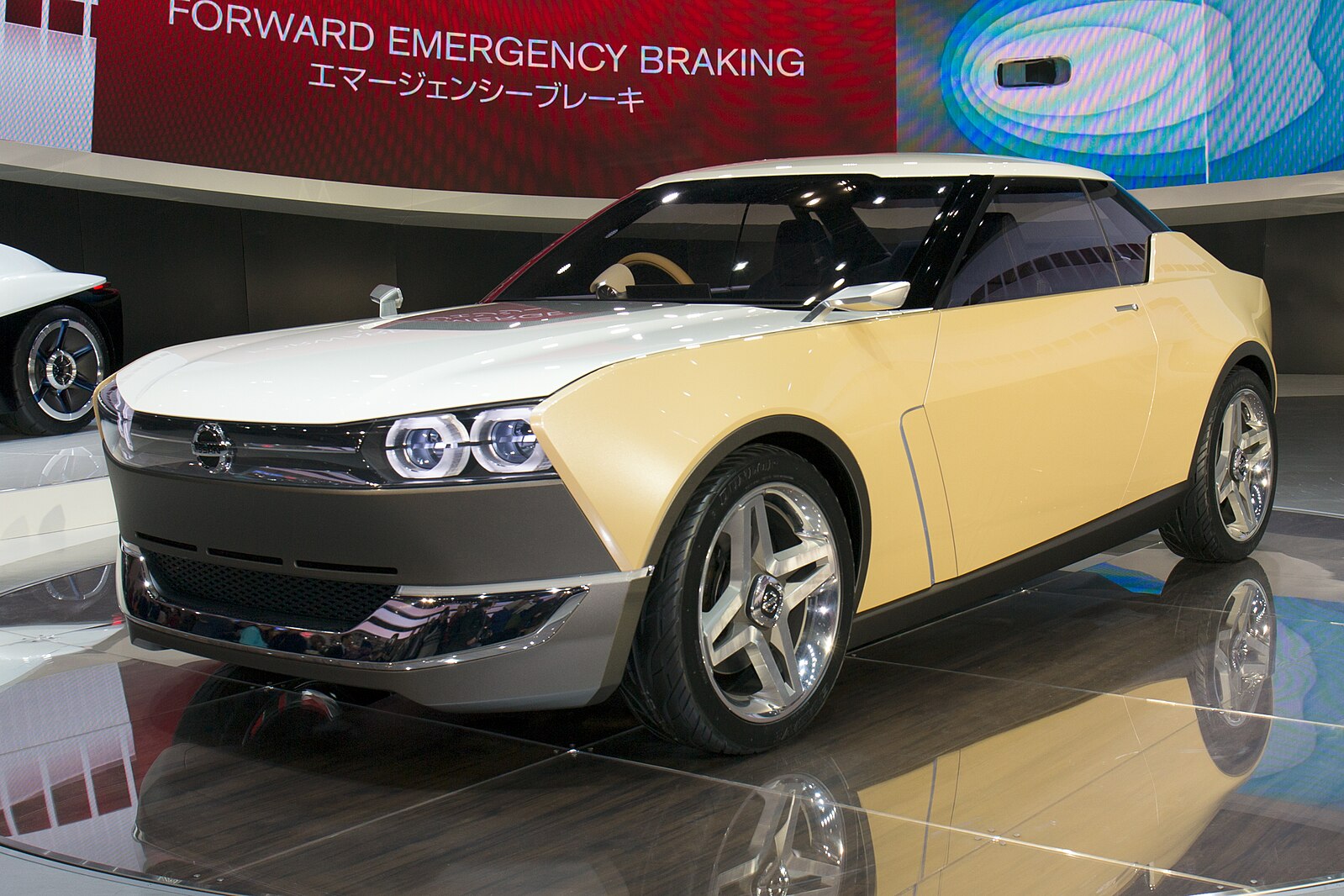
The IDx Freeflow was Nissan’s attempt to create a modern compact sports car with retro styling. Powered by a fuel-efficient engine, the concept evoked memories of the classic Datsun 510. A production version could capture the growing demand for affordable, fun-to-drive cars, especially with an electric powertrain.
Honda NSX Concept (2012)
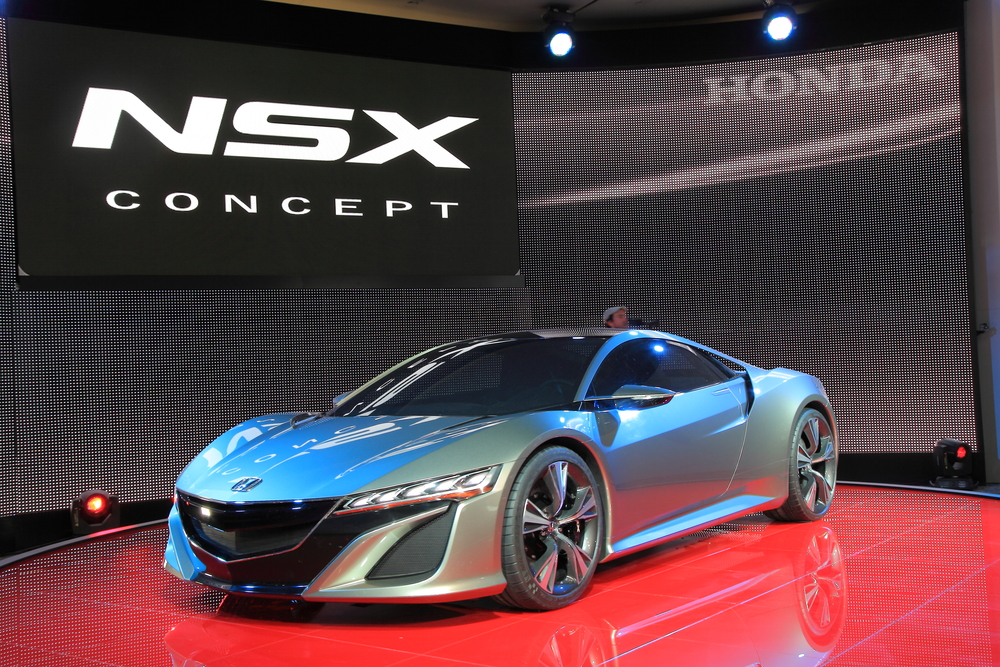
The 2012 NSX concept was a preview of the current NSX, but its hybrid powertrain and advanced aerodynamics were cutting-edge at the time. Honda could return to this concept with a full-electric variant, keeping the performance DNA intact while adapting to future automotive trends.
Lamborghini Estoque (2008)
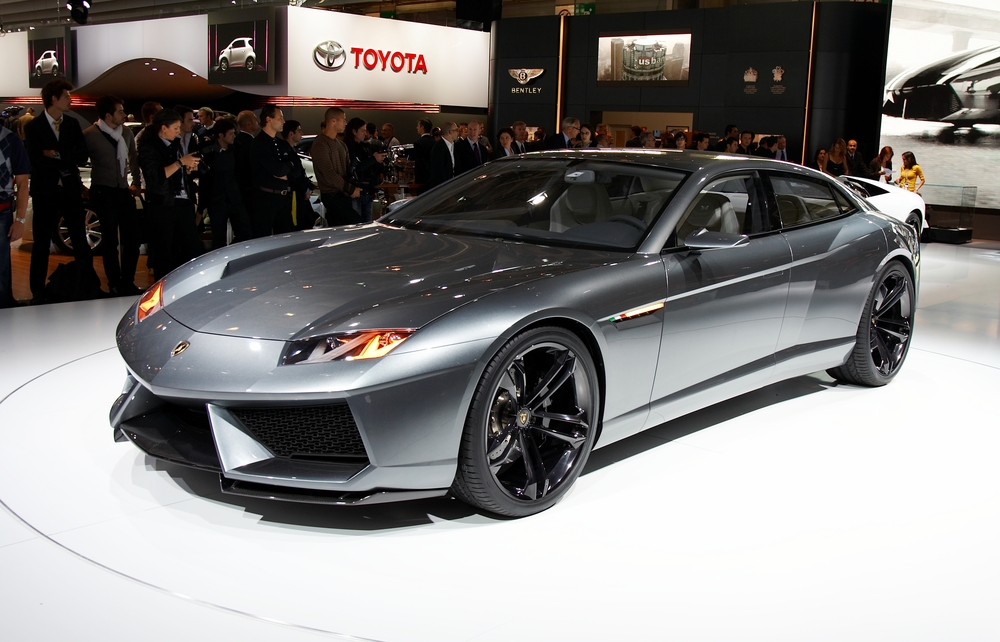
The Estoque was Lamborghini’s take on a four-door supercar, featuring a front-mounted V10 engine. Its bold design combined Lamborghini’s aggressive styling with the practicality of a sedan. With luxury brands exploring electric sedans, the Estoque could be reborn as a high-performance, all-electric four-door Lamborghini.
Citroën GT (2008)
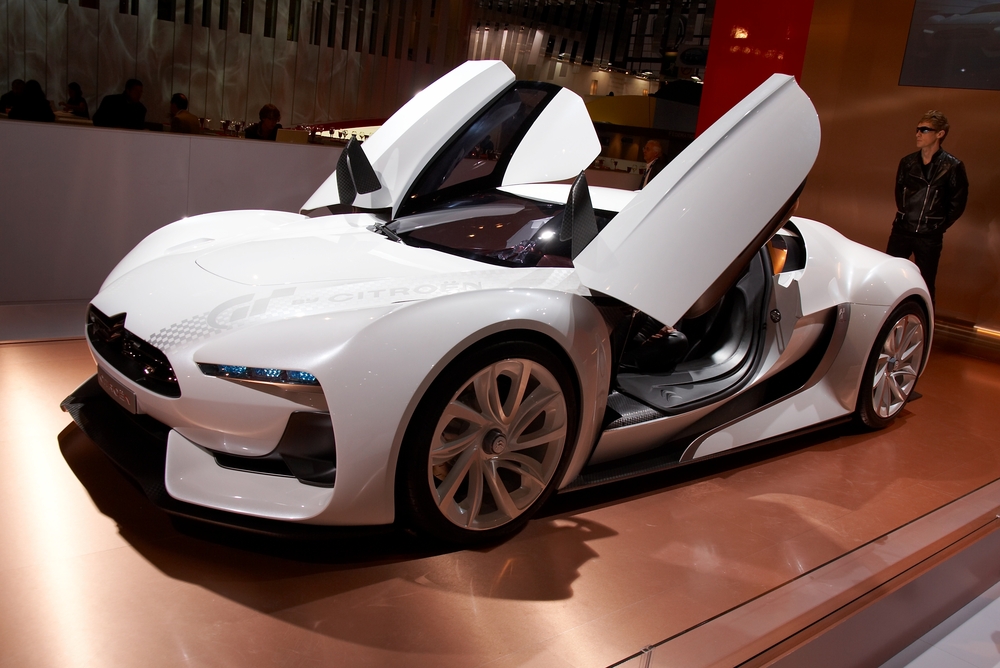
Originally designed for the video game Gran Turismo, the Citroën GT was powered by a hydrogen fuel cell system in its concept form. Its sleek, futuristic design and eco-friendly technology made it a hit. Today, with hydrogen fuel technology advancing, the GT could be Citroën’s bold foray into sustainable supercars, merging its visionary design with cutting-edge tech.
This article originally appeared on MyCarMakesNoise.
More from MyCarMakesNoise
Kawasaki’s 18 Most Powerful Bikes and Their Track Dominance
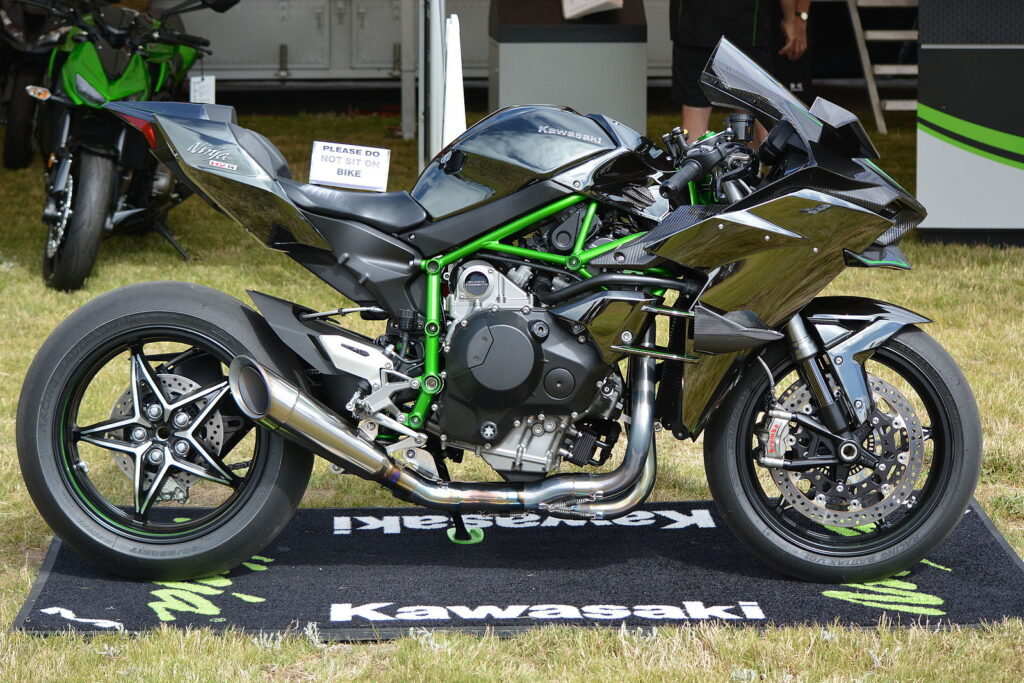
When it comes to speed, power, and track performance, Kawasaki has built some of the most formidable motorcycles in the world. From superbikes to hyper-nakeds, each bike on this list showcases the brand’s dedication to engineering excellence and racing heritage. Read More.
20 Restoration Secrets from Veteran Classic Car Collectors
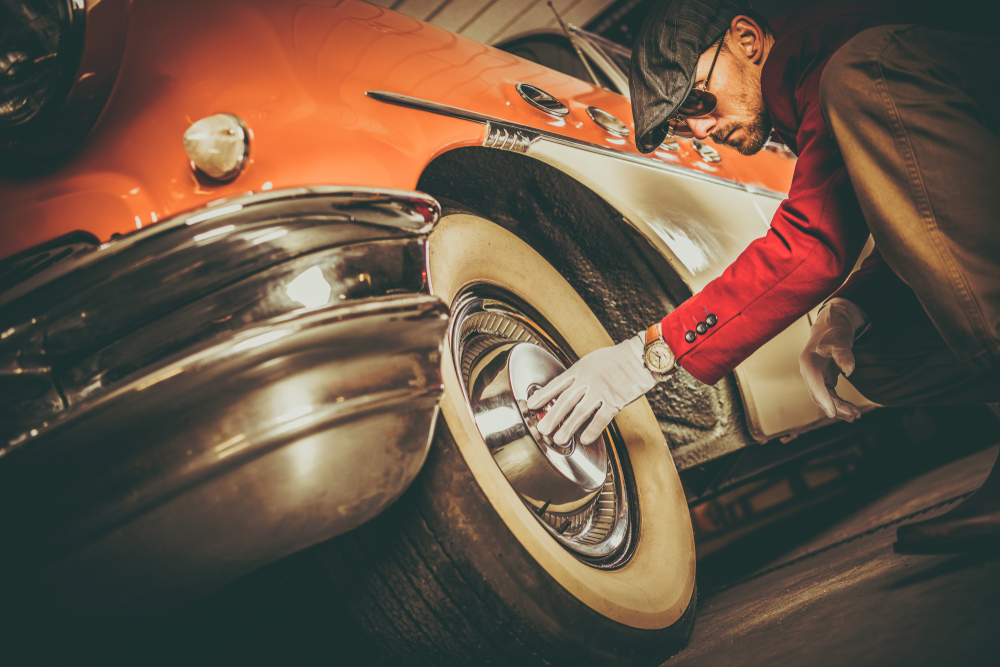
Restoring a classic car is a rewarding endeavor, but it involves a lot more than just fixing up an old vehicle. Classic car collectors have valuable insights that can help you navigate the restoration process more effectively. Read More.
17 Highest Rated Motorcycles for Long-Distance Touring

When it comes to long-distance touring, the right motorcycle can make all the difference. Comfort, reliability, and performance are key factors that riders look for in a touring bike. Read More.

